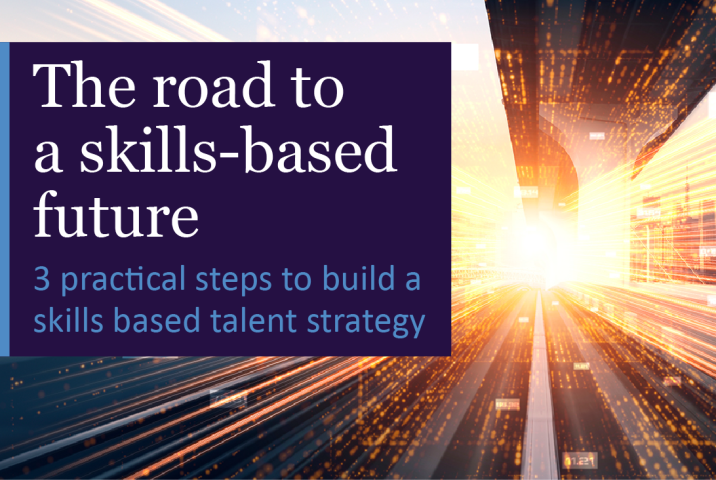When marketing & HR collide
8 January 2019 — When marketing strategists are identifying audiences to target and engage, existing and potential employees may be close to the bottom of the list when an increase in sales is the primary objective.
However, it shouldn’t be forgotten that consumer and employer brands are intrinsically linked - and failing to consider this vital group can have disastrous consequences.
Virgin Media, for example, discovered that 18% of candidates who had applied – and were rejected for - jobs at the firm were also Virgin Media customers. After digging a little deeper, the firm subsequently found that 6% of these disgruntled jobseekers cancelled their monthly subscriptions: a poor recruitment experience was effectively costing the company £4.4 million per year.
With this in mind, it is crucial that marketing teams work collaboratively with others across the business to ensure that messages, touchpoints and experiences are always aligned.
We need to stop viewing customers and employees as mutually exclusive groups. We all know that programmatic methods are the future of online engagement: based on search history, we feed consumers ads related to how they engage online. However, by working in conjunction with other functions to extrapolate these techniques to other stakeholder groups, marketers can boost overall brand perception significantly.
For example, this technology can be harnessed to target or retarget jobseekers – and to ensure that we continually collect data through user behavior. From a talent engagement perspective, this information can prove invaluable. For example, if a jobseeker logs in from Cleveland, but their search history is centered on Phoenix, they may be looking to relocate.
In the same vein, if someone is searching local community initiatives they should receive messages about CSR, or if they are looking into education they can be sold CPD opportunities.
The relationship between communications and HR has, for some time, been a fluid one. However the advent of ‘engagement’ as a dedicated objective for personnel departments – rather than simply a by-product of an Internal Communications or recruitment strategy - means that the line where marketing ends and HR begins is becoming increasingly blurred.
Marketing professionals are the gatekeepers of brand, and they have a responsibility to share not only advice on consumer branding messages and tone, but also technical and strategic expertise to enhance employee engagement strategy.
Staff and candidates have the potential to be your greatest cheerleaders - and by ensuring that all departments are pushing in the same direction in terms of which stories are told and how these are communicated, marketing strategists can have an even greater impact on organizational objectives.
More articles
Building a Robust AI Governance Capability at AMS
AMS builds a robust AI governance framework, focusing on ethics, compliance, risk management, and training, ensuring responsible AI development and deployment. is and explore its benefits, from flexibility and cost savings to access to specialized skills.
AMS launches Ethical AI in Talent Board
AMS launches Ethical AI in Talent Board to ensure fair, unbiased AI use in recruitment. Experts will guide ethical AI adoption across the talent lifecycle.
The road to a skills-based future
Learn how to reframe talent for the future. Don’t miss the opportunity to unlock organizational potential and meet tomorrow’s challenges, starting now.

Start your journey to True Workforce Dexterity.
Discover how we can help you build, re-shape and optimise your workforce.
Talk to us






